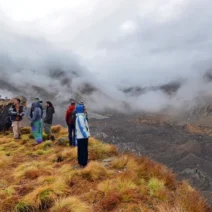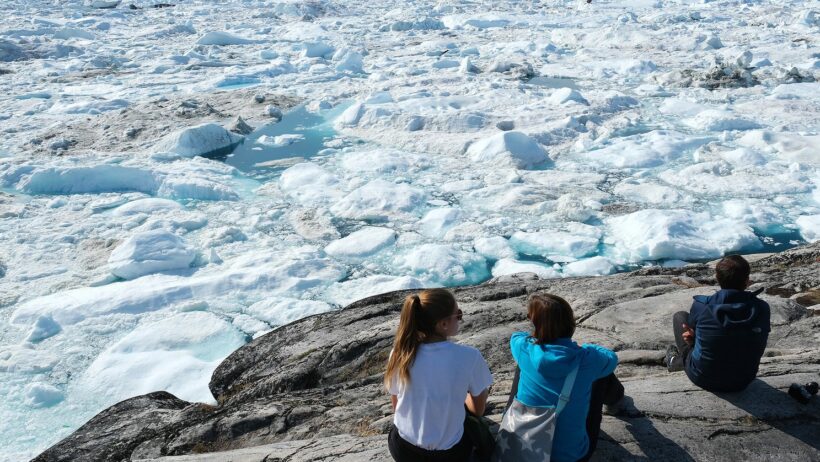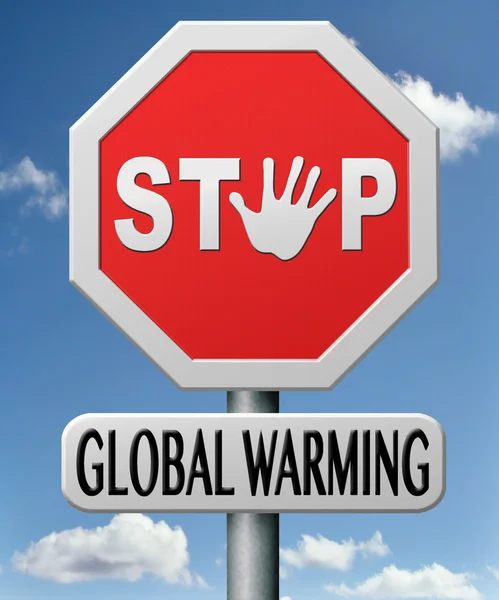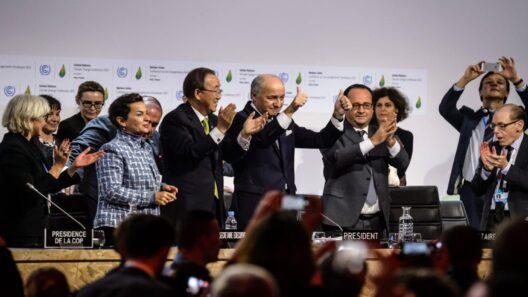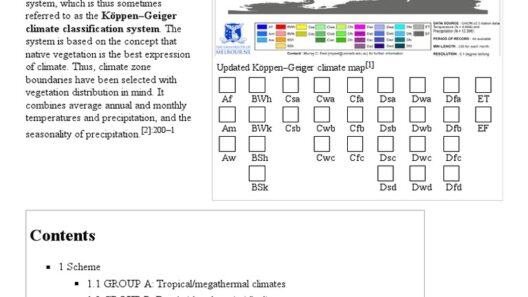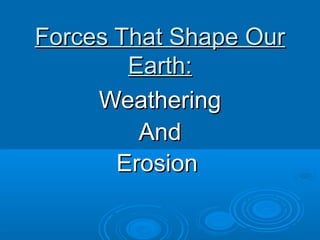Greenland, an island nation dominated by ice, embodies the stark realities of the Arctic climate. Its vast expanses of ice sheets, towering glaciers, and windswept tundras present not only a unique ecosystem but also a barometer for the impacts of climate change. This majestic land, often revered for its desolate beauty, ignites a deeper fascination rooted in its primal nature and the existential threats it faces from anthropogenic activities.
The climate of Greenland is predominantly classified as a polar climate, characterized by cold temperatures and extensive ice coverage. This classification encompasses two main zones: the coastal region and the interior ice sheet. Near the coast, temperatures remain relatively milder compared to the frigid interior, particularly during the summer months. However, even in summer, the average temperatures can fluctuate dramatically, hovering just above freezing in many areas. The Arctic climate uniquely influences not only the physical landscape but also the biological and ecological dynamics of the region.
The Greenland Ice Sheet, which contains roughly 8% of the world’s fresh water, is a fundamental component of the global climate system. This massive expanse of ice is vital for maintaining the Earth’s sea levels and plays a critical role in regulating ocean currents. The ice sheet experiences both accumulation and ablation processes. Accumulation occurs predominantly from snowfall, while ablation results from melting and calving, a process in which chunks of ice break off and fall into the ocean. Observing these processes provides insights into the intricate balance of Greenland’s climate system.
The phenomenon known as “Arctic amplification” illustrates how climate change exacerbates warming in the polar regions. This refers to the process whereby the Arctic warms at a rate approximately twice that of the global average. The increase in temperature leads to accelerated ice melt, reducing the overall albedo effect—where ice’s reflective surface reflects sunlight back into space. As ice melts, darker ocean water is exposed, which absorbs more heat, further intensifying warming. This feedback loop results in a concerning trajectory for Greenland’s ice sheets.
Moreover, the increasing temperatures have led to a notable shift in the patterns of precipitation in Greenland. While coastal areas experience more rain, the interior regions face a drier climate. These shifts can disrupt the long-standing ecosystems, affecting flora and fauna that have adapted to specific climatic conditions. Species such as polar bears, arctic foxes, and various migratory birds are increasingly under duress as their habitats change.
Greenland’s climate is not only a story of cold and ice but also one of remarkable resilience. The Inuit culture, tightly interwoven with the landscape, offers insights into sustainable living within a harsh environment. The traditional practices of hunting, fishing, and foraging reveal an acute understanding of the land, reflecting a harmonious coexistence with nature. However, the ongoing climate crisis poses challenges to these age-old practices, compelling Indigenous communities to adapt rapidly to changing conditions.
Moreover, the scientific community closely scrutinizes Greenland for its potential impacts on global sea levels. As one of the largest ice stores in the world, the melting of the Greenland Ice Sheet poses significant risks, contributing to rising sea levels that threaten coastal populations globally. Projections indicate that if the ice sheet continues to decline at its current rate, we could witness a substantial rise in sea levels over the coming decades, prompting international discussions on mitigation and adaptation strategies.
The complex interplay between warmth and cold in Greenland’s climate is further illustrated by the influence of the North Atlantic Oscillation (NAO). This climate phenomenon affects weather patterns across the North Atlantic, including shifts in wind direction and intensity. The NAO can have both positive and negative ramifications on Greenland’s weather, influencing temperature extremes and the frequency of storms. Understanding these interactions is critical for predicting future climate scenarios and their implications for both Greenland and the world.
In recent years, climate change has revealed a different aspect of Greenland: its geothermal activity. Beneath its icy veneer lies a landscape shaped by volcanic activity, geothermal springs, and even hot subsurface temperatures. This discovery presents a paradox—a seemingly inhospitable area concealing potentially valuable geothermal energy sources. These resources could play a pivotal role in transitioning towards renewable energy solutions as the world grapples with fossil fuel dependence and the need for sustainable alternatives.
As the world watches Greenland, it becomes a quintessential representation of the urgency surrounding climate change. The duality of its breathtaking icy vistas and the stark realities of environmental degradation serves as a poignant reminder of our collective responsibility. Community engagement and global initiatives aimed at reducing carbon footprints, coupled with advancements in climate science, are imperative to address the looming threats posed by climate change.
The fascination with Greenland’s climate extends beyond mere observation; it invites dialogue about our shared future. Protecting the Arctic, promoting awareness, and fostering collaboration are pivotal in combating climate change. As we delve deeper into the intricacies of Greenland’s environment, we unearth lessons not only about this remote landscape but also about ourselves and the urgent need to address the climate crisis that transcends geographical boundaries. In safeguarding environments like Greenland, we champion a global effort towards sustainability and resilience in the face of unprecedented challenges.

